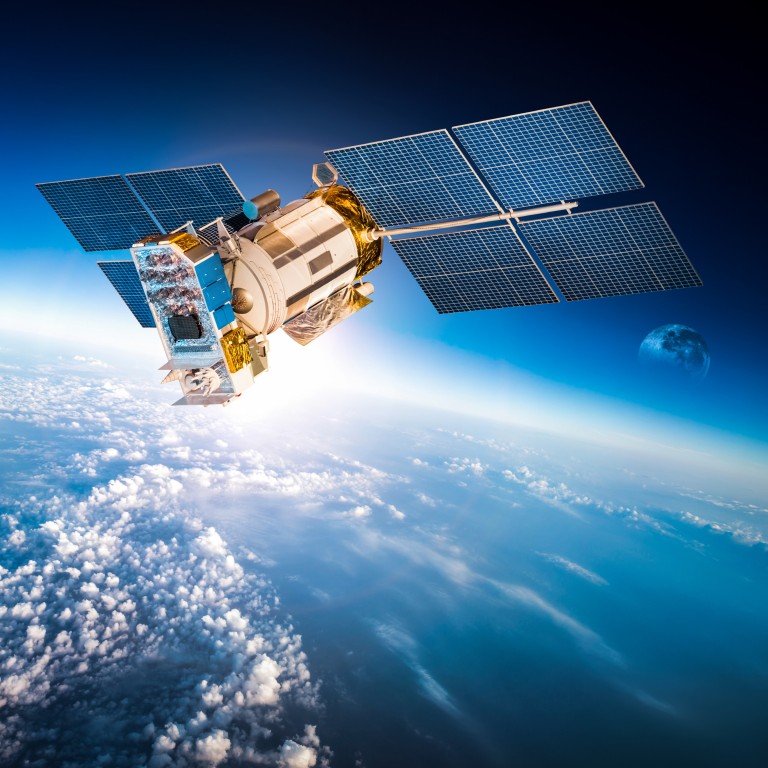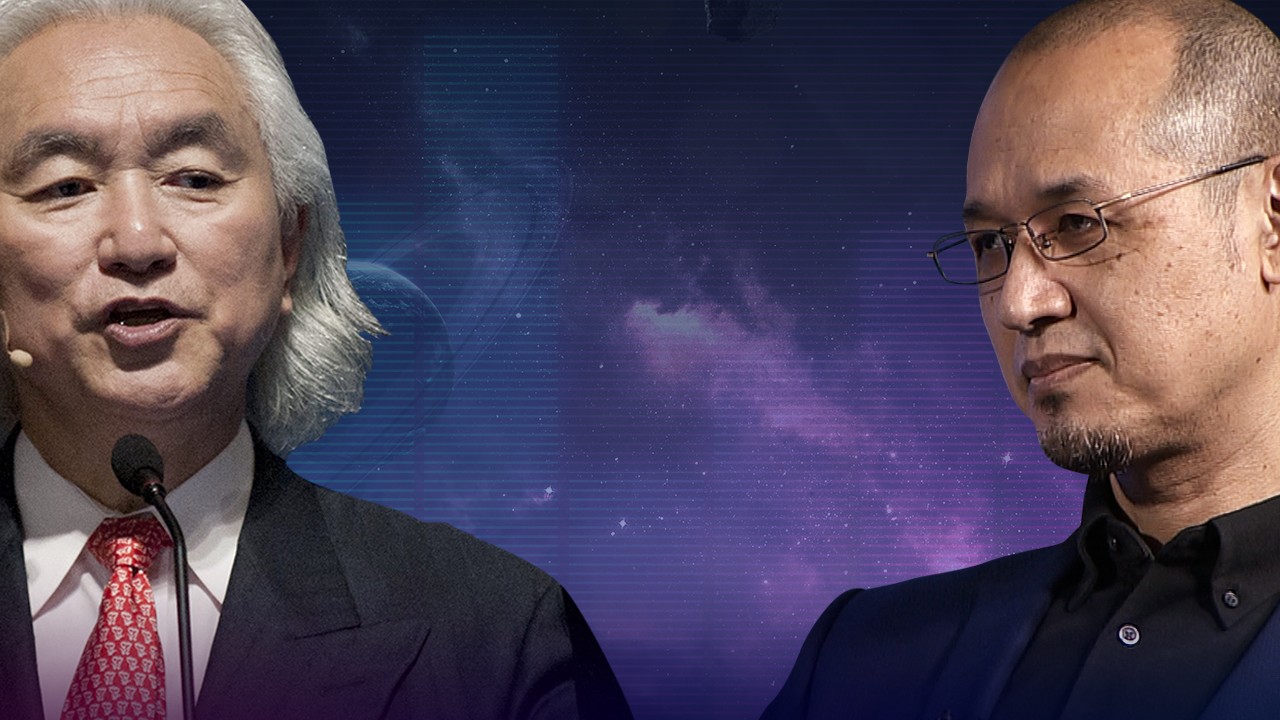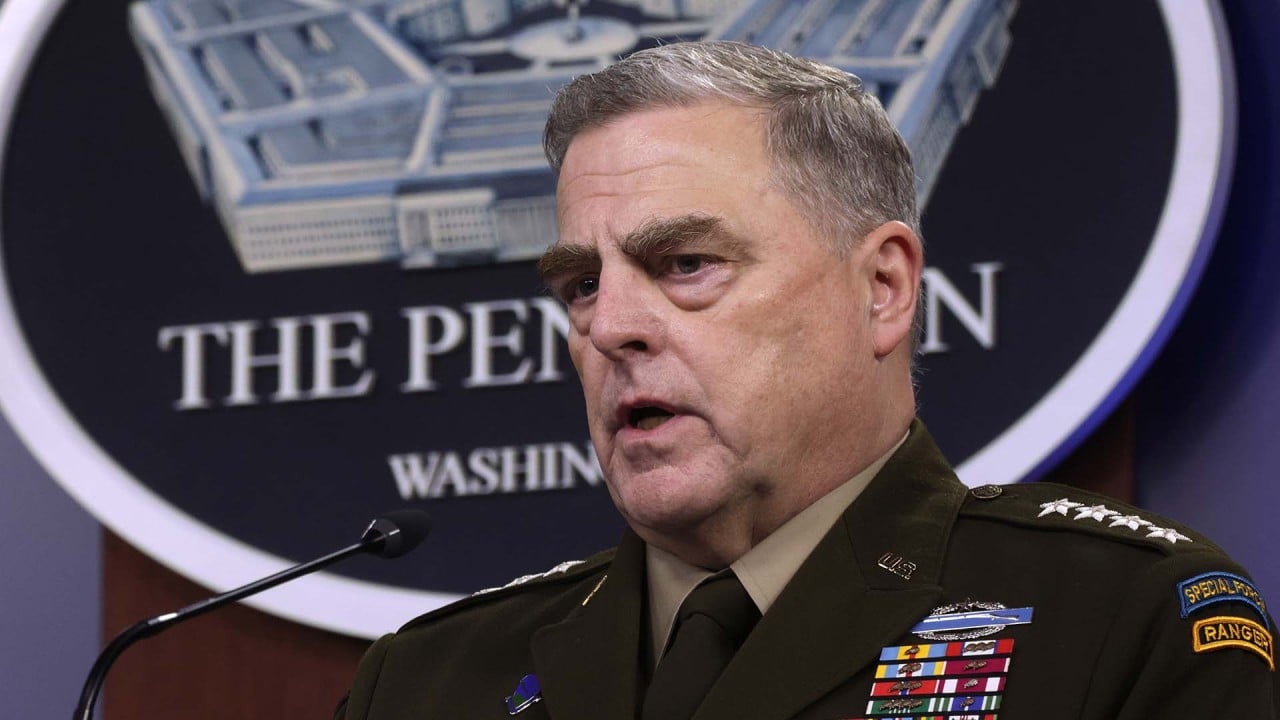
US space war games with allies raise risk of Star Wars-style arms race: analysts
- Britain, Canada and Australian forces involved in simulations of attacks on US satellite systems
- Greater posturing on all sides increases regional geopolitical uncertainty, observer says
US efforts to draw Britain, Canada and Australia into an alliance to counter space programme threats from China and Russia could escalate into a Star Wars-style space arms race, increasing regional instabilities, experts said.
The simulations included the shooting down of American missile-tracking satellites, satellite jamming, and other electronic warfare “effects” that are possible tactics in space warfare, Reuters reported on Monday.
It was the 13th such exercise in the US, and the third to involve partners such as Britain, Canada and Australia. Russia and China were the key aggressor nations in the games, Reuters reported.
Hong Kong-based military commentator Song Zhongping said the US’ move to draw its allies into the war games was an attempt to “reactivate the Star Wars space system during the Cold War”.
“The US wants to extend its alliance in space to create overwhelming superiority in the space domain, which might result in the escalation of the space arms race, or even space militarisation,” Song said.
“It’s very dangerous … if some countries try to extend their missile defence systems to space.”
Star Wars, officially known as the Strategic Defence Initiative, was unveiled in 1983 as a plan to establish ground and space-based missile defence networks to protect the US from a ballistic strategic nuclear weapons attack by the former Soviet Union.
China gets closer to space goals but threat to US ‘more of a theory’
The system was never developed, but it influenced political and economic decisions in Moscow, with some saying it was a factor in the 1991 break-up of the Soviet Union.
The games come amid the passage of the annual National Defence Authorisation Act by the US Congress. Under the legislation, US$7.1 billion in defence spending will be channel to the Indo-Pacific region in the next year to counter a rising China, a US$2.1 billion increase in the Pentagon’s initial request.
Collin Koh, a defence analyst with Singapore’s S. Rajaratnam School of International Studies, said the stronger posture by the US’ Indo-Pacific Command and the People’s Liberation Army build-up were symptomatic of the ongoing China-US rivalry.
“This would at least create a heightened sense of geopolitical uncertainty among the regional countries,” Koh said.
“The military build-up, more regular posturing and counter-posturing would mean rival militaries would operate in proximity more often, and hence may also create greater likelihood of close encounters, and associated risks of misunderstandings on the ground, and miscalculation that could result in incidents.”
Opinion: How US’ failure to learn Cold War lessons will benefit China
The test generated a massive amount of debris that could damage the International Space Station and space activities for years, according to various sources.
Russia’s test is the third test of its kind since 2007 when China also conducted an anti-satellite missile to shoot down a weather satellite. India conducted the second in 2019.
Satellites are vital to military communications, global positioning navigation and timing systems used in the US’ global missile defence networks.
But the US’s ground-based missile defence systems are well short of being able to deter threats posted by China and Russia, Russia’s Sputnik news agency reported on Monday, citing Nikolai Sokov, a senior fellow at the Vienna Centre for Disarmament and Nonproliferation.
Sokov said another option for the US might be to deploy a missile defence system to space, but it will be costly as it would need to launch about 1,000 interceptor satellites in geo-stationary orbit.
Zhou Chenming, a researcher from the Yuan Wang military science and technology think tank in Beijing, said the US, Russia and China each had some advantages in space exploration technologies, but none of the countries was willing to come up with international norms and rules of behaviour in the arena.
“Unlike the nuclear non-proliferation treaty on the Earth, there is still a legal vacuum in space exploration, it’s very dangerous to all human beings,” Zhou said.
“And now, more countries, including India, Japan and South Korea are joining the arms race in space.”



